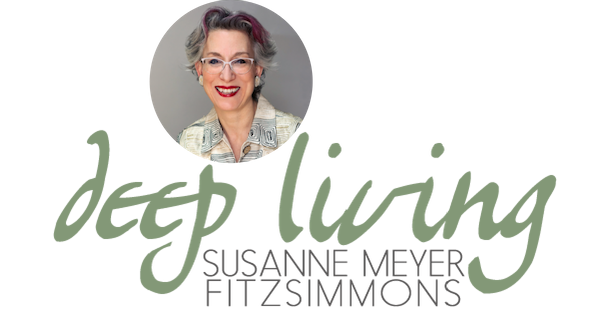"There is a problem with convenience," sustainable farmer and author Joel Salatin said during his keynote address at an event the other night, "because life is about being bothered."
The convenience of take-out or mail order meals takes away the "bother" of learning how to create a delicious meal from scratch, knowing what exactly goes into your meal (and hence your body), and where the ingredients actually come from. The convenience of buying all your groceries at the supermarket prevents you from asking deeper questions about the provenance of those supermarket eggs and the "bother" of buying them from a sustainable farmer, or keeping chickens yourself. The convenience of single-use plastic bags hushes over the inquiry into the environmental plastic scourge we as a culture have created, and the "bother" of bringing your reusable bags with you every time you go shopping.
But sitting on the beach all day long is only fun for so long. If everything in your life is "convenient" all the time you're not living deeply. Life is about doing because engaging with your surrounds gets you to reveal who you are through creative expression. You enact who you are through what you do.
Too much convenience, removing all engagement and obstacles, eliminates the opportunity to get your hands dirty and your mind working. That's why people are more creative the more restrictions they are presented with (I get a creative kick out of making a good meal out of the last few ingredients left in the fridge). And you know how children's creativity becomes activated when they're out in nature and only have sticks and stones to play with - they construct a float out of whatever they can find and imagination does the rest. Imagine coming along and bringing them a plastic boat....
Removing all "inconveniences" flattens life and dulls creativity. Working around "inconveniences," problems, and within restrictions is what life is all about. Be creative and love your inconveniences.


